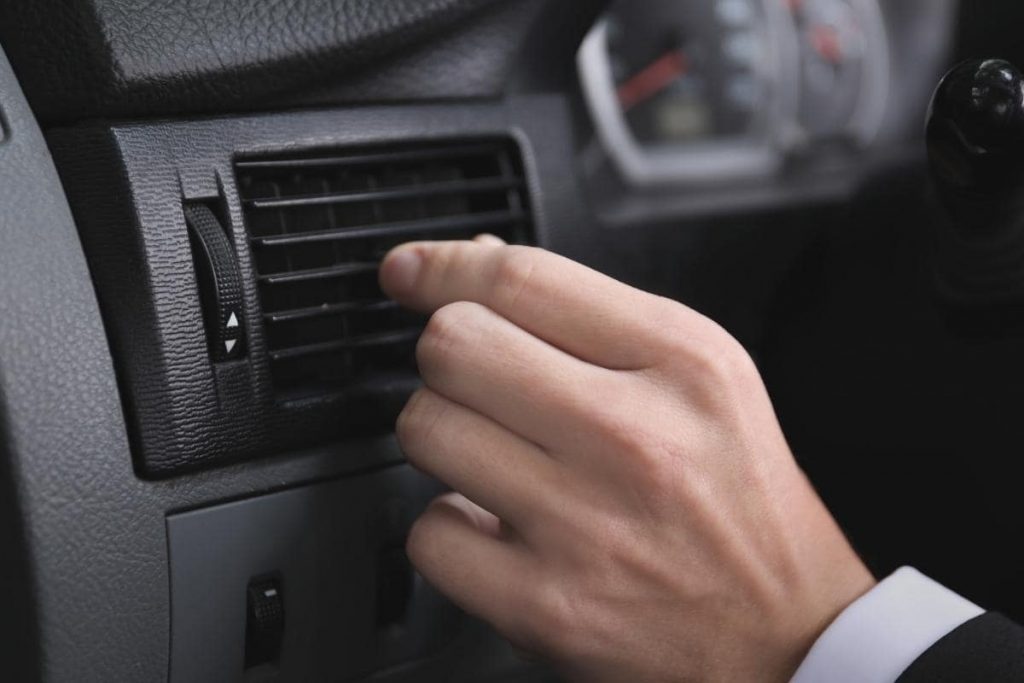
At Bemac, we’re all about keeping your car in top shape for as long as possible. In fact, if you’re like most Canadians, you’ll keep your car going for years: 52% of our cars are 5 years old or older according to Stats Canada.
One thing you may do is warm up your car before driving on cold winter mornings to help them last longer. It’s supposed to help the car work better, prevent wear and tear on the engine, and even prevent stalling.
But there’s been a lot of debate as to whether this actually works or not.
In this post, we’ll look at what you should really be doing and why.
Well, Should I Warm it Up?
The short answer is no.
If your car is a fuel-injected vehicle (like most vehicles built after 1995), allowing your car to idle for more than 30 seconds doesn’t help. In fact, it’s actually harmful in a lot of ways – you can read more on that below.
What should you do? If it’s cold out, start your car, then drive off slowly (at residential neighbourhood speed) for a minute or two. This warms up your engine much faster than idling. As long as you don’t push the engine too hard in the first few minutes, you won’t stall the car.
So why do some many people warm up their cars? A few decades ago, warming up cars actually worked. Before fuel injection technology became the standard, older cars had carbureted engines that did require warming up. This common practice persisted even after the new fuel injection engines came in.
This video provides a great explanation:
Won’t My Car’s Oil Be Too Thick to Do Its Job?
The main reason why most people want to warm up their car is they think the warm engine will get the oil to thaw a bit and become more free-flowing. Since the oil is there to lubricate engine car parts, this should help.
But this process takes only milliseconds, according to Penzoil Technical Advisor Shanna Simmons. She adds, “Your engine will warm up the oil much faster when driving at full speed – not to mention idling wastes gas.”
Considering that an idling car isn’t getting very warm anyways, mostly you’re just wasting fuel- especially with remote starters. This worse fuel economy means you’ll be putting extra fuel in each week at the pump through any cold weather.
I Want to Warm Up My Car Anyways. How Can it Hurt?
There are a lot of issues with letting your car idle in order to warm it up during cold weather.
1. It’s Actually Bad For Your Car
As the video above explains, when you idle the engine, your car is working in a very gasoline-rich mode. When it’s cold, you don’t get good fuel vaporization, so your car uses more gasoline in the air-fuel mixture, so there’s enough fuel to get the combustion to happen.
But gasoline is a solvent, and actually removes oil from the engine’s cylinders and pistons. Because your car is cold, the oil doesn’t flow as well and replace what the gasoline has removed.
The rich air-fuel mixture can also cause your oil to become diluted because the vaporized fuel bypasses the pistons and mixes in with the oil.
Over time, these things can cause the engine performance to degrade and reduce mileage.
Road and Track magazine agrees: it actually harms the engine.
2. It Wastes Fuel And Releases CO2 And Toxic Gases
Running our cars comes at a price: fuel combustion creates CO2 pollution and contributes to climate change. Responsible car owners use as little fuel as possible, especially when there’s better way of warming up your car in winter.
You may be thinking that idling your car all winter doesn’t hurt, but because so many people still do it, it all adds up to a big problem. In Toronto, diesel vehicles alone waste over 90 million litres of fuel every year, which results in the release of over 215,000 tonnes of CO2 into our atmosphere. When you consider all the other cities, plus all the private cars, you’ll see that it all adds up to a big problem.
Any time fossil fuels burn (even the cleaner-burning fuels of today), some of the gasses produced are toxic. CO (carbon monoxide) is odourless and colourless but still can kill. There are also small amounts of nitrogen oxides (NOx) that contribute to the creation of harmful ground-level ozone. Ozone is a known lung irritant.
Need more proof? A 2013 study by MIT indicates that 53,000 early deaths occur per year in the United States because of vehicle emissions alone.
3. If You Idle A Car In Your Garage It Can Kill You
If you idle your car in an enclosed space, the accumulation of the toxic gasses can and does kill people. In fact, in the US hundreds of people every year die accidentally from vehicle-related carbon monoxide poisoning.
Similarly, if your car’s tailpipe gets blocked with snow, the gasses flow back into the car. If there is enough accumulation, it can overwhelm the driver. The effects of carbon monoxide poisoning can feel a lot like the flu at first, and disoriented drivers often aren’t aware of what’s happening until it’s too late.
The effect of mild CO poisoning on vehicle accident rates is unknown.
4. You Can Get A Ticket
In Ottawa right now, there is a bylaw stating you can’t idle your car for more than 3 minutes. There is a loophole, however, that states this bylaw is only in effect when the temperature is over 5°C.
Does Your Car Have A Block Heater?
No, we aren’t talking about the bun toasters in your seat. A block heater can improve fuel efficiency, keep emissions low, and reduce wear on the car’s engine. The block heater is inside your engine that keeps the engine block, coolants, and oil warm, this reduces the wear and tear that can be caused by frozen, gooey oil trying to pump through your internal combustion engines in order to warm up your car.
These heaters are typically powered by electrical plugs, though there are diesel and fuel models on the market. This method avoids unnecessary greenhouse gas emissions by leaving your vehicle idling and prevents lots of wasted fuel when cold weather hits.
Why Every Car Needs Regular Maintenance
Want to learn some ways to keep your car in great shape and last longer? Give it plenty of rust protection, keep an eye out for small scratches and look after them, and have regular servicing. These things will all help.
This infographic provides a full schedule of car maintenance steps and when to do them.









